
Chamarel: A Natural Wonder in Mauritius
Discover Chamarel, Mauritius: A picturesque village known for its Seven Colored Earths, stunning waterfalls, lush national parks, and rich cultural experiences.
Nestled in the southwest of Mauritius, Chamarel is a picturesque village renowned for its breathtaking natural landscapes and vibrant culture. Visitors to Chamarel will be captivated by the Seven Colored Earths, a geological wonder where the earth's hues range from red to purple. This phenomenon, caused by the weathering of volcanic rock, is a must-see for any nature enthusiast. The village is also home to the stunning Chamarel Waterfall, one of the highest waterfalls in Mauritius. Plunging over 100 meters, the waterfall is surrounded by lush greenery and offers a serene spot for relaxation and photography. Nearby, the Black River Gorges National Park provides ample opportunities for hiking, bird-watching, and exploring the island's diverse flora and fauna. Chamarel's charm extends to its unique cultural experiences. Visitors can tour the Rhumerie de Chamarel, a local rum distillery, to learn about rum production and sample some of the island's finest spirits. The village also boasts several quaint eateries where you can savor traditional Mauritian cuisine, rich in flavors and spices. With its blend of natural beauty and cultural richness, Chamarel promises an unforgettable experience for all who visit.
Local tips in Chamarel
- Visit the Seven Colored Earths early in the morning for the best light and fewer crowds.
- Wear comfortable shoes for the hikes in Black River Gorges National Park.
- Sample the local rum at Rhumerie de Chamarel and take a guided tour to learn about the distillation process.
- Try traditional Mauritian dishes at local eateries for an authentic culinary experience.
- Carry a camera to capture the stunning landscapes and vibrant colors of the area.
Chamarel: A Natural Wonder in Mauritius
Nestled in the southwest of Mauritius, Chamarel is a picturesque village renowned for its breathtaking natural landscapes and vibrant culture. Visitors to Chamarel will be captivated by the Seven Colored Earths, a geological wonder where the earth's hues range from red to purple. This phenomenon, caused by the weathering of volcanic rock, is a must-see for any nature enthusiast. The village is also home to the stunning Chamarel Waterfall, one of the highest waterfalls in Mauritius. Plunging over 100 meters, the waterfall is surrounded by lush greenery and offers a serene spot for relaxation and photography. Nearby, the Black River Gorges National Park provides ample opportunities for hiking, bird-watching, and exploring the island's diverse flora and fauna. Chamarel's charm extends to its unique cultural experiences. Visitors can tour the Rhumerie de Chamarel, a local rum distillery, to learn about rum production and sample some of the island's finest spirits. The village also boasts several quaint eateries where you can savor traditional Mauritian cuisine, rich in flavors and spices. With its blend of natural beauty and cultural richness, Chamarel promises an unforgettable experience for all who visit.
When is the best time to go to Chamarel?
Iconic landmarks you can’t miss
Chamarel Seven Colored Earth Geopark
Explore the stunning colors of Chamarel Seven Colored Earth Geopark, a unique natural wonder and national reserve in the heart of Mauritius.
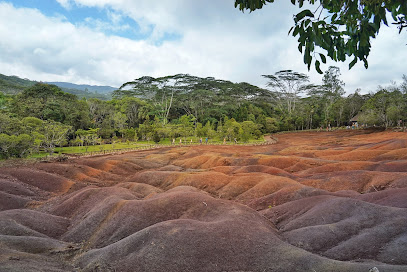
La Vallée Des Couleurs Nature Park
Explore the vibrant landscapes and thrilling adventures at La Vallée Des Couleurs Nature Park, Mauritius' oasis of natural beauty and outdoor excitement.
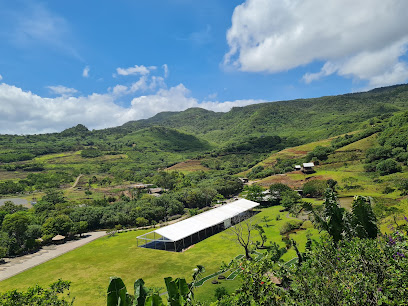
Chamarel Waterfall
Experience the breathtaking beauty of Chamarel Waterfall, a must-visit natural wonder in Mauritius surrounded by lush landscapes and vibrant ecosystems.
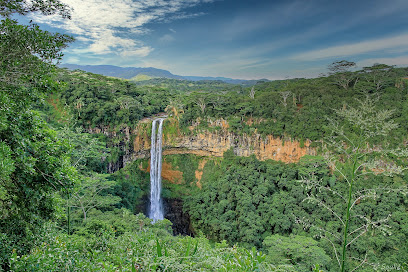
Black River Gorges National Park
Explore the lush landscapes and unique wildlife of Black River Gorges National Park, a must-visit national park in Mauritius for nature lovers and adventure seekers.
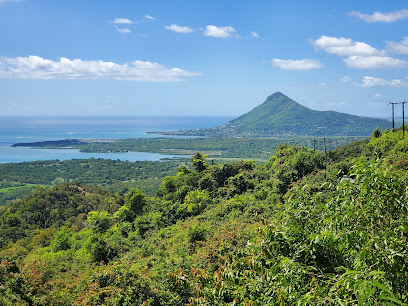
Rhumerie de Chamarel Restaurant & Rum Distillery
Discover the flavors of Mauritius at Rhumerie de Chamarel, where exquisite rum meets local cuisine in a breathtaking natural setting.
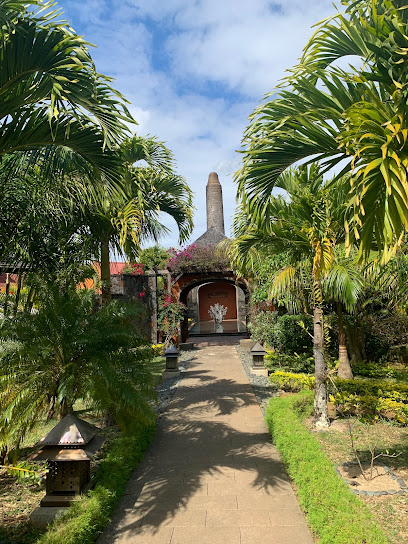
Gorges Viewpoint
Discover the stunning vistas and rich wildlife at Gorges Viewpoint, a must-visit tourist attraction in the heart of Mauritius.

Curious Chamarel
Discover the stunning landscapes and vibrant biodiversity of Curious Chamarel, a must-visit tourist attraction in the heart of Mauritius.
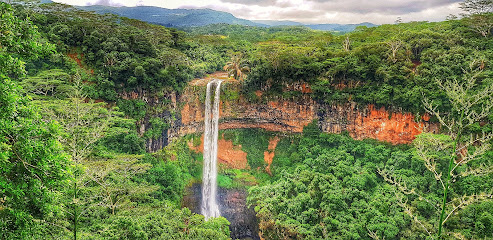
Le Chamarel Restaurant
Experience the flavors of Mauritius at Le Chamarel Restaurant, where stunning views meet exquisite local cuisine in a serene setting.
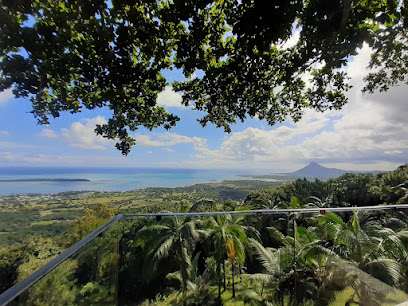
Captain Matthew Flinders Monument
Explore the Captain Matthew Flinders Monument, a serene historical landmark celebrating exploration and the rich maritime heritage of the region.
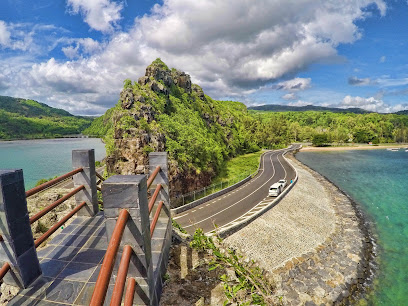
Pont Naturel
Explore the stunning natural bridge of Pont Naturel in Mauritius, a breathtaking attraction for nature lovers and adventurers alike.
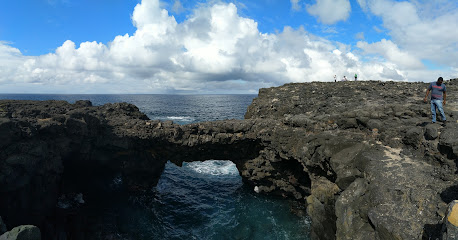
Ebony Forest Reserve Chamarel
Explore the breathtaking Ebony Forest Reserve in Chamarel, Mauritius, a haven for nature lovers, featuring stunning trails and rich biodiversity.
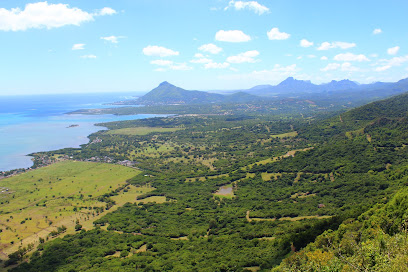
Palais de Barbizon
Experience authentic Mauritian cuisine in the breathtaking Chamarel region at Palais de Barbizon, a must-visit culinary destination.
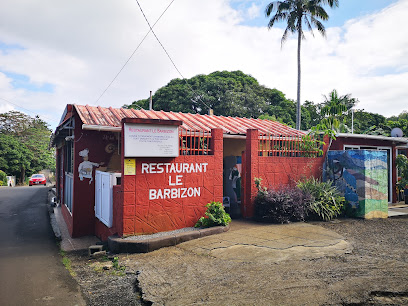
Chamarel View Point
Discover the breathtaking views of Chamarel View Point, where nature's beauty unfolds in stunning vistas and vibrant landscapes in Mauritius.
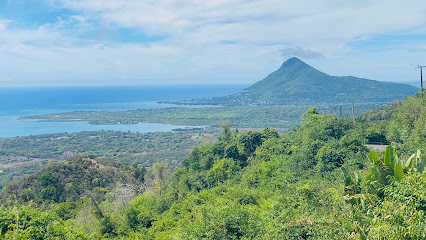
Monument Commemorating Abolition Of Slavery
Explore the Monument Commemorating Abolition Of Slavery in Mahebourg, a powerful tribute to freedom and resilience amidst stunning coastal scenery.
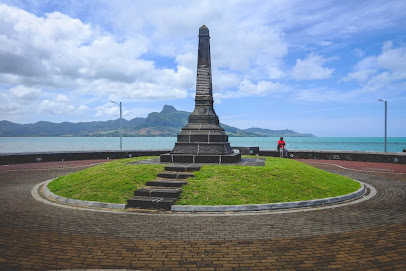
Lakaz Chamarel Exclusive Lodge
Discover the charm of Lakaz Chamarel Exclusive Lodge, a luxurious retreat in the heart of Mauritius, surrounded by nature's beauty and cultural heritage.

Unmissable attractions to see
Chamarel Seven Colored Earth Geopark
Explore the vibrant Chamarel Seven Colored Earth Geopark, a stunning natural wonder in Mauritius showcasing unique colored dunes and lush landscapes.
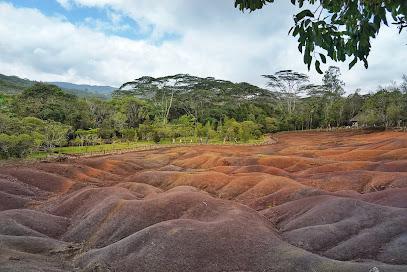
Casela Nature Parks | Best Nature Parks in Mauritius
Explore the breathtaking landscapes and thrilling wildlife adventures at Casela Nature Parks, Mauritius' ultimate destination for nature lovers and thrill-seekers alike.
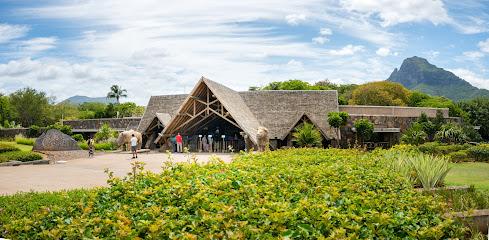
Chamarel Waterfall
Experience the stunning beauty of Chamarel Waterfall, a natural gem in Mauritius that captivates with its breathtaking views and lush surroundings.
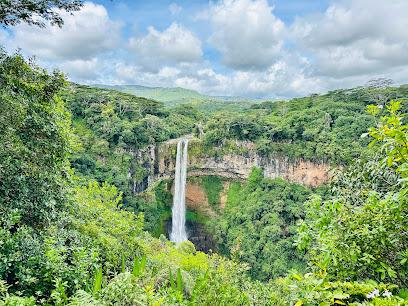
La Vanille Nature Park
Explore La Vanille Nature Park, a vibrant sanctuary for wildlife in Mauritius featuring giant tortoises, crocodiles, and lush tropical landscapes.

Flic En Flac Beach
Discover the breathtaking beauty of Flic En Flac Beach – a stunning destination for relaxation, adventure, and vibrant local culture on the shores of Mauritius.
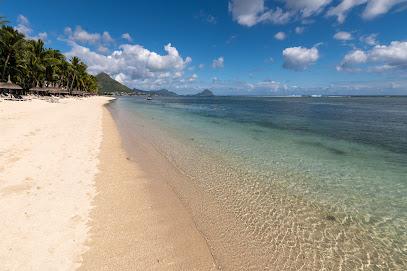
Black River Gorges National Park
Discover the breathtaking landscapes and rich biodiversity of Black River Gorges National Park, a must-visit destination for nature lovers in Mauritius.
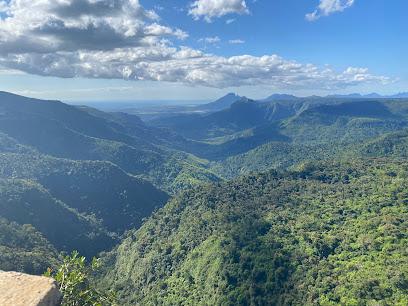
Gris Gris Beach
Experience the breathtaking cliffs and tranquil waters of Gris Gris Beach, a hidden gem in Souillac, Mauritius, perfect for relaxation and stunning views.
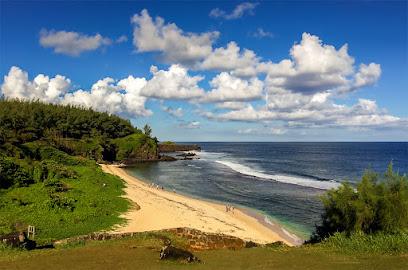
Curious Chamarel
Explore the breathtaking beauty of Curious Chamarel in Baie du Cap, a top tourist attraction in Mauritius showcasing stunning landscapes and unique geological formations.

Le Morne Public Beach
Experience the serene beauty of Le Morne Public Beach, where white sands meet azure waters in a tropical paradise, perfect for relaxation and adventure.
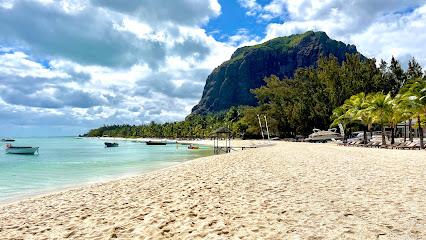
Grand Bassin
Discover the sacred beauty of Grand Bassin, Mauritius' tranquil lake surrounded by vibrant temples and lush greenery, perfect for reflection and exploration.
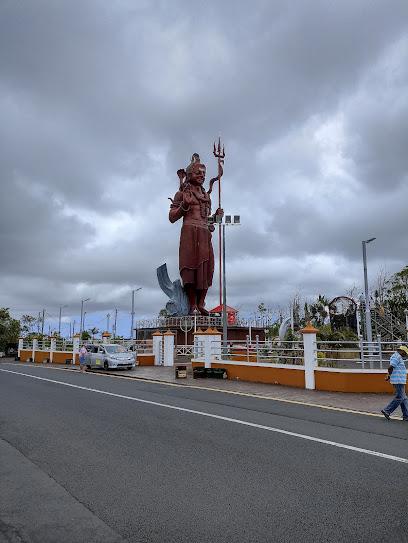
Bois Cheri Tea Factory
Explore the lush landscapes of Bois Cheri Tea Factory, where tea cultivation meets breathtaking beauty in Mauritius.
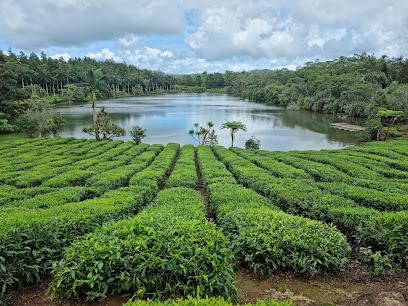
Mahébourg Waterfront
Discover the tranquil beauty and vibrant culture of Mahébourg Waterfront in Mauritius, where stunning views and local flavors await every traveler.
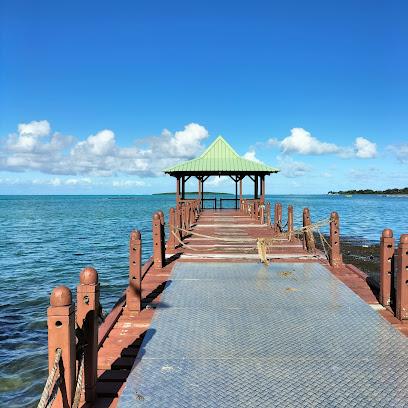
Rochester Falls
Explore the stunning Rochester Falls in Mauritius, a captivating nature preserve with breathtaking waterfalls and serene landscapes, perfect for every traveler.

Blue Bay Marine Park
Experience the stunning beauty of Blue Bay Marine Park, a paradise of vibrant coral reefs and crystal-clear waters perfect for snorkeling and relaxation.
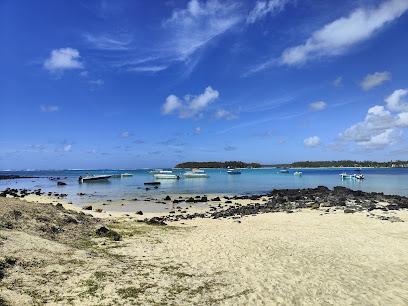
Pont Naturel
Discover the breathtaking beauty of Pont Naturel, a stunning natural bridge in Mauritius offering unforgettable ocean views and serene landscapes.

Essential places to dine
Rhumerie de Chamarel Restaurant & Rum Distillery
Experience authentic Mauritian cuisine and exquisite rum at Rhumerie de Chamarel - a must-visit destination in scenic Chamarel.
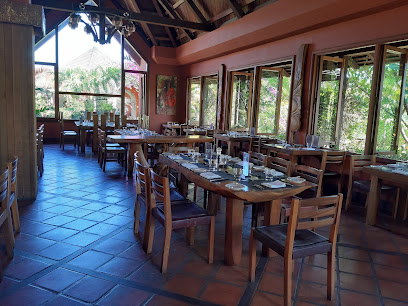
Le Chamarel Restaurant
Experience exquisite Mauritian cuisine at Le Chamarel Restaurant while enjoying breathtaking views in the heart of Chamarel.
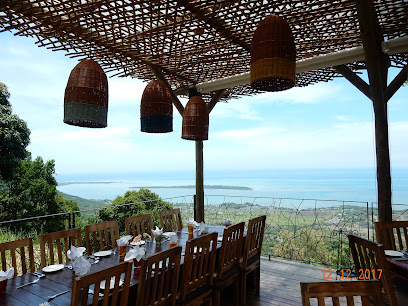
Wapalapam Island Eatery
Experience authentic Mauritian cuisine at Wapalapam Island Eatery in Le Morne Brabant – where flavor meets tradition.
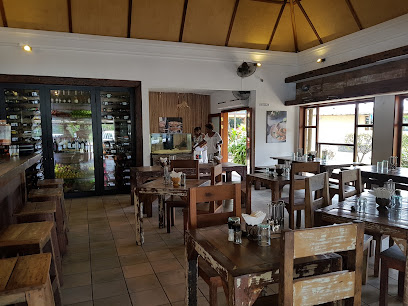
Palais de Barbizon
Discover authentic Mauritian cuisine at Palais de Barbizon in Chamarel – where every dish tells a story amidst breathtaking views.
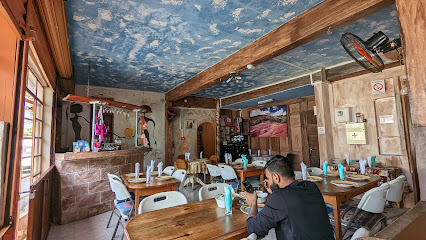
Enso Restaurant & Lounge Bar
Experience exquisite local flavors at Enso Restaurant & Lounge Bar in La Gaulette, where culinary artistry meets vibrant ambiance.
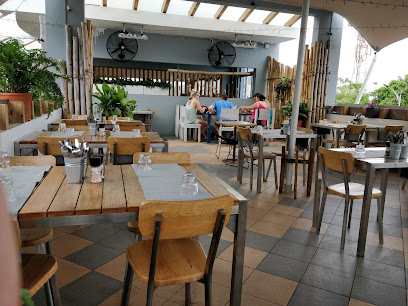
Varangue Sur Morne
Discover exquisite cuisine and breathtaking views at Varangue Sur Morne – a premier dining destination in Mauritius.
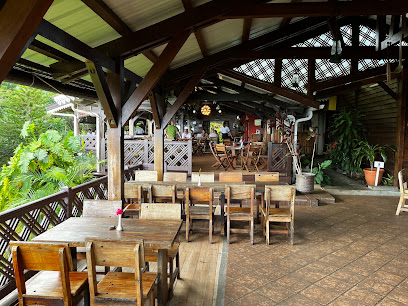
Chez Ruben Restaurant
Experience authentic Mauritian cuisine at Chez Ruben Restaurant in scenic Chamarel - a perfect blend of flavors and breathtaking views.
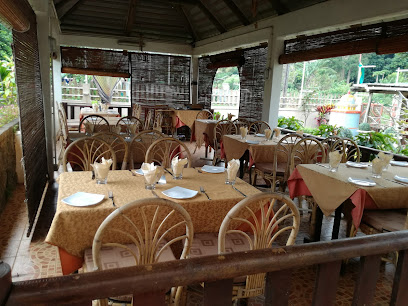
Lakaz Chamarel Exclusive Lodge
Experience luxury amidst nature at Lakaz Chamarel Exclusive Lodge – a perfect retreat in beautiful Mauritius offering exquisite dining and stunning views.

Restaurant Les Palmiers Chez Dev
Discover exquisite Mauritian cuisine at Restaurant Les Palmiers Chez Dev in Chamarel, where every dish tells a story of flavor and tradition.
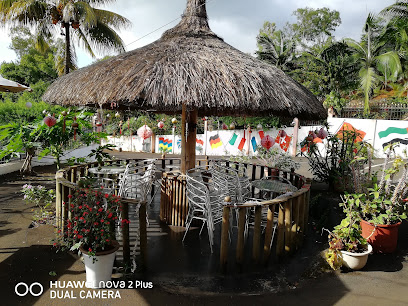
Ocean Vibes
Discover Ocean Vibes: Savor delicious local cuisine with breathtaking ocean views in La Gaulette.

Saveur Tropical
Experience authentic Mauritian cuisine at Saveur Tropical in Chamarel, where fresh flavors meet stunning views.

Eldorade Resto & Bar
Experience the rich flavors of Mauritius at Eldorade Resto & Bar in La Gaulette - where culinary excellence meets breathtaking views.
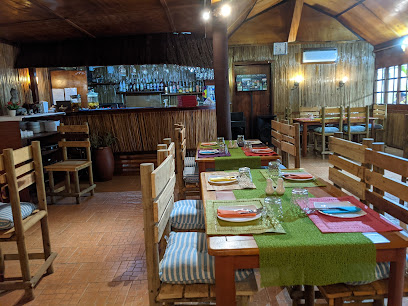
Mich Resto
Discover authentic Mauritian cuisine with stunning views at Mich Resto in Chamarel – where every dish tells a story.
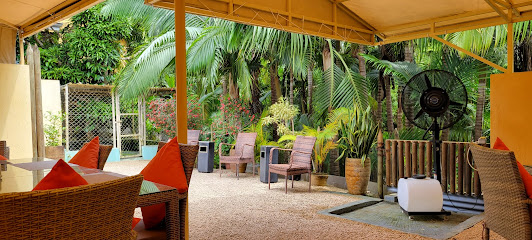
Chez BB
Experience authentic Indian cuisine at Chez BB in Case Noyale - where flavor meets affordability.
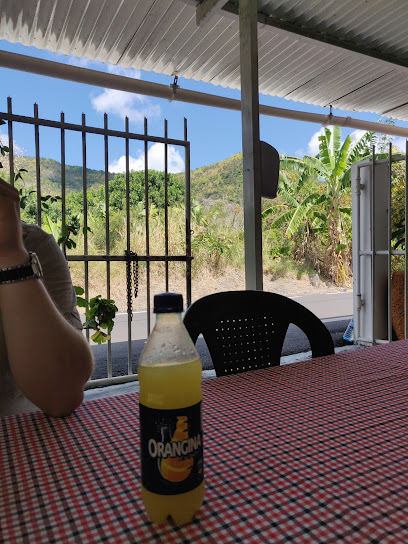
Chez Pierre Paul
Experience authentic Mauritian flavors at Chez Pierre Paul in scenic Chamarel – a culinary gem with breathtaking views.
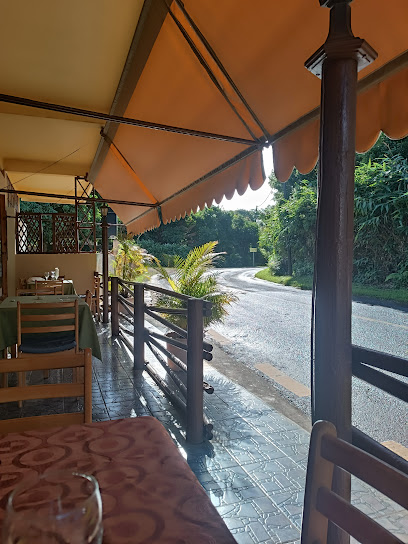
Markets, malls and hidden boutiques
Rhumerie de Chamarel Restaurant & Rum Distillery
Discover the art of rum-making and savor exquisite local cuisine at Rhumerie de Chamarel, where every visit is a taste of Mauritius.
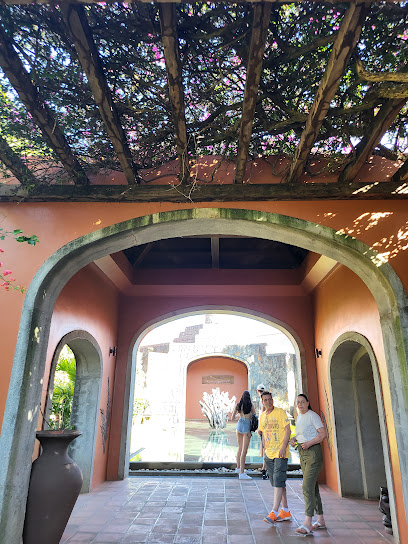
Curious Chamarel
Explore the captivating beauty and interactive wonders of Curious Chamarel, a top tourist attraction in Mauritius perfect for families and adventure seekers.
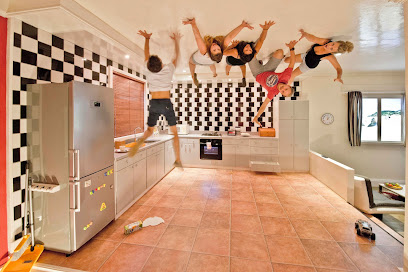
GSR La Gaulette Supermarket
Discover the vibrant flavors of Mauritius at GSR La Gaulette Supermarket, your local hub for food and essentials.
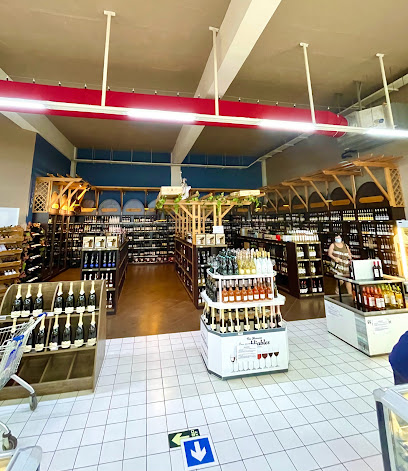
Ruisseau Creole
Discover the vibrant shopping experience at Ruisseau Creole, a must-visit mall in La Preneuse, Mauritius, combining local charm with modern retail.
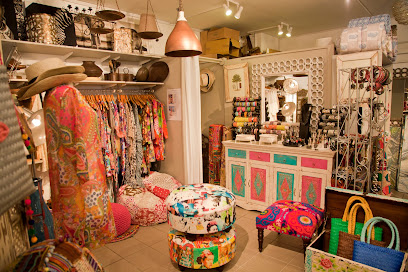
TiGadget Curepipe Gift Shop
Discover unique souvenirs and local crafts at TiGadget Curepipe Gift Shop, a vibrant destination in Mauritius that captures the island's spirit.
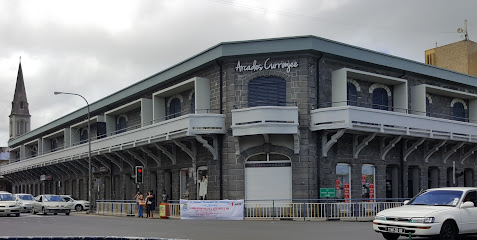
La Bonne Fouille Factory Shop
Explore La Bonne Fouille Factory Shop in Curepipe for unique Mauritian clothing that beautifully blends tradition and contemporary style.
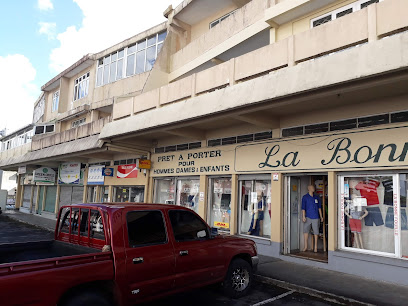
Le Reef Shop
Discover the ultimate surf shop experience in La Gaulette, Mauritius, with top-quality gear and expert advice for surfers of all levels.
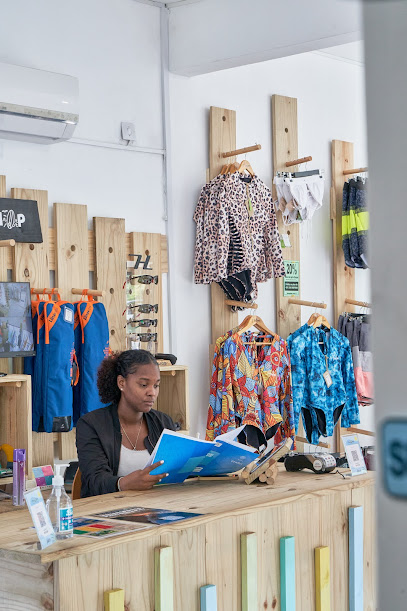
Jetha Tulsidas
Explore Jetha Tulsidas for unique gifts, fashion accessories, and local Mauritian culture in the heart of Curepipe.
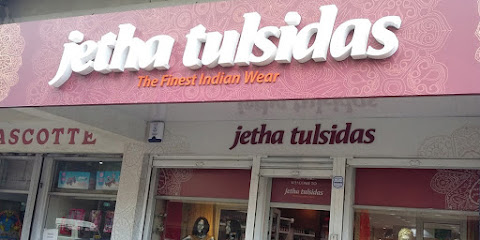
Down South Surf Shop
Explore Down South Surf Shop in La Gaulette, your gateway to quality surf gear and expert advice for an unforgettable surfing experience.
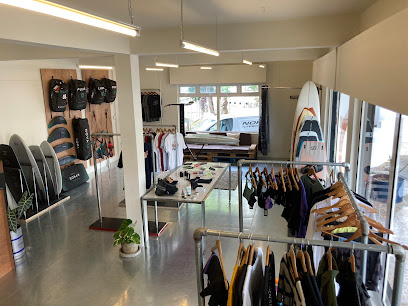
Tou Korek Surf Shop
Discover the ultimate surfing experience at Tou Korek Surf Shop in La Gaulette, Mauritius - your one-stop shop for all surfing gear and beach apparel.
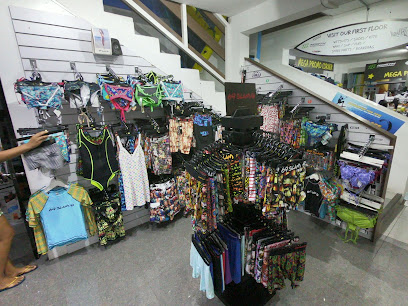
Mel's Crafts Mauritius
Discover unique handcrafted souvenirs and custom gifts at Mel's Crafts Mauritius, a charming gift shop in Trou aux Cerfs, Vacoas-Phoenix.

Chamarel Clothes
Explore Chamarel Clothes in Port Louis for a unique blend of local and international fashion, perfect for stylish souvenirs and chic outfits.
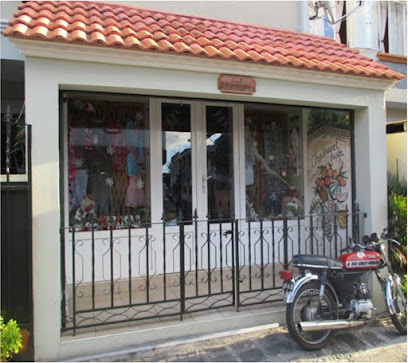
Chineah Store
Discover the essence of Mauritian cuisine at Chineah Store, the perfect grocery stop for unique local products and delightful flavors.
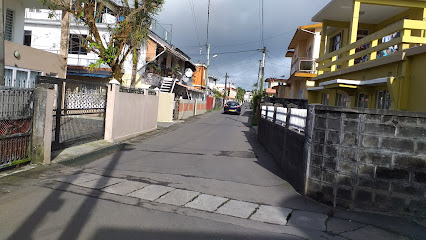
Girni Shop
Explore Girni Shop in Midlands for a unique blend of religious goods and local groceries, enriching your travel experience.
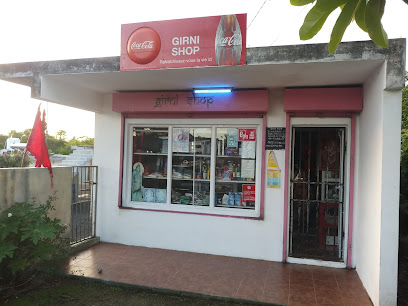
Café de shamarel
Discover the rich flavors of Mauritian coffee at Café de Shamarel, where stunning views meet a cozy atmosphere, perfect for relaxation.
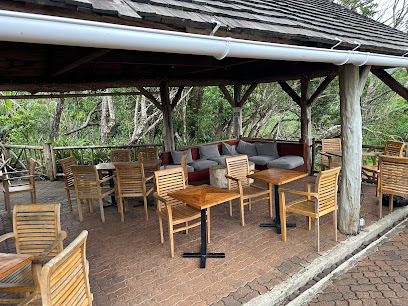
Essential bars & hidden hideouts
Rhumerie de Chamarel Restaurant & Rum Distillery
Discover the vibrant flavors of Mauritius at Rhumerie de Chamarel, where culinary delights meet the art of rum-making in breathtaking surroundings.
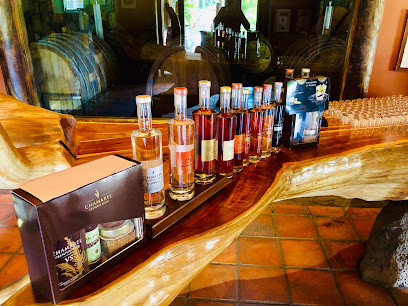
Le Chamarel Restaurant
Discover the flavors of Mauritius at Le Chamarel Restaurant, where culinary excellence meets breathtaking views in the heart of Chamarel.
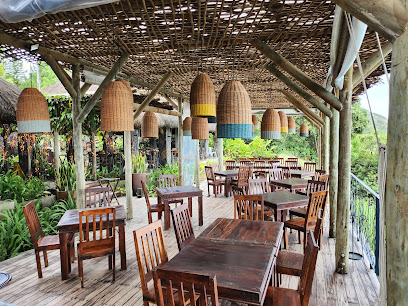
Palais de Barbizon
Experience authentic Mauritian flavors at Palais de Barbizon, a hidden gem in Chamarel offering a unique culinary journey.
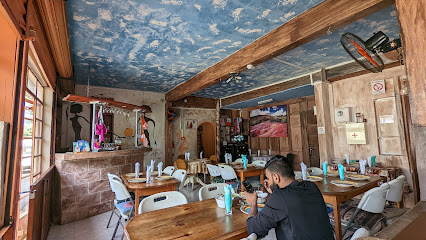
Enso Restaurant & Lounge Bar
Experience culinary excellence at Enso Restaurant & Lounge Bar in La Gaulette, offering a diverse menu and a welcoming atmosphere for all visitors.
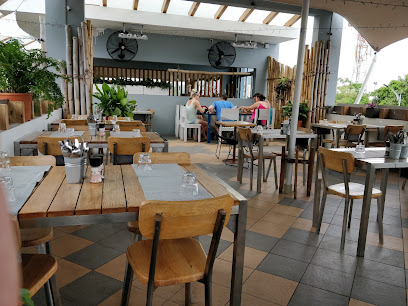
Chez Ruben Restaurant
Experience authentic Mauritian flavors at Chez Ruben Restaurant in Chamarel, where stunning views meet delightful culinary adventures.
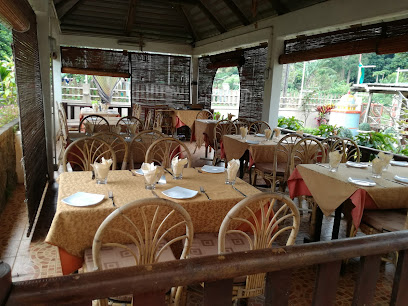
Lakaz Chamarel Exclusive Lodge
Experience luxury and nature at Lakaz Chamarel Exclusive Lodge, a serene retreat in the heart of Mauritius with stunning views and exquisite dining.

Restaurant Les Palmiers Chez Dev
Discover the vibrant flavors of Mauritius at Restaurant Les Palmiers Chez Dev, a culinary haven in the heart of Chamarel.
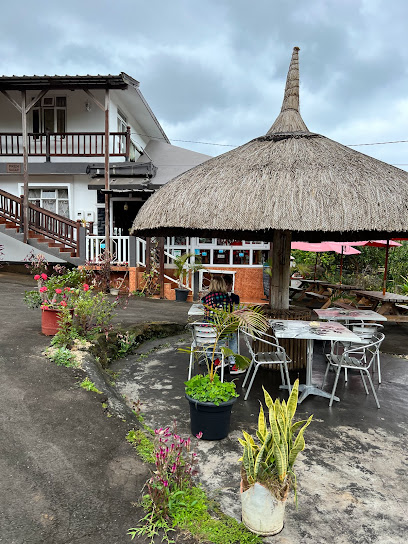
Saveur Tropical
Experience the authentic tastes of Mauritius at Saveur Tropical in Chamarel, where local ingredients and stunning views create a memorable dining experience.

Mich Resto
Discover the culinary charm of Chamarel at Mich Resto, where fresh local flavors and breathtaking views create an unforgettable dining experience.
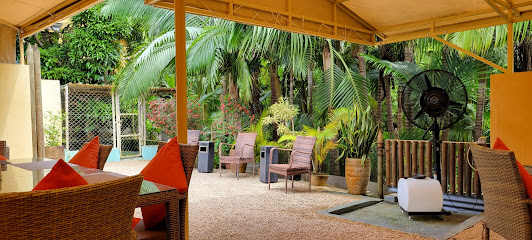
Chez Pierre Paul
Experience the authentic flavors of Mauritius at Chez Pierre Paul, a culinary jewel in Chamarel offering local specialties in a stunning setting.
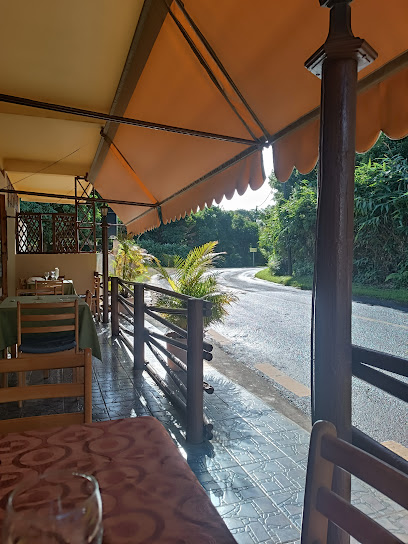
La Citronelle
Discover the flavors of Mauritius at La Citronelle in Chamarel, where exquisite cuisine meets breathtaking views.
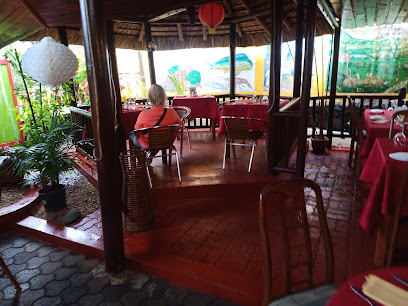
One Love Snack
Experience the flavors of Mauritius at One Love Snack, a cozy restaurant in Chamarel offering authentic culinary delights and stunning views.
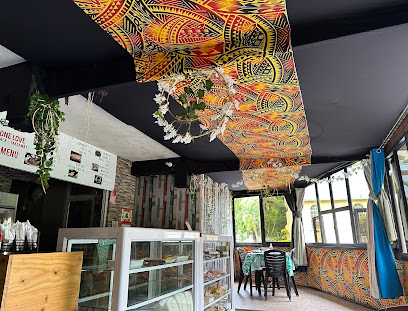
La Marmite De Chamarel
Discover the flavors of Mauritius at La Marmite De Chamarel, where authentic cuisine meets stunning views in a cozy atmosphere.
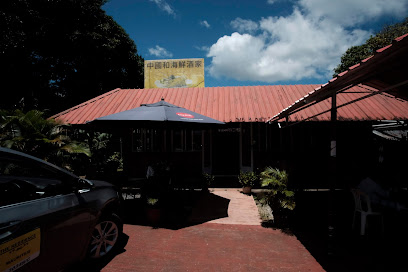
Chez M Chamarel
Experience the rich culinary heritage of Mauritius at Chez M Chamarel, where stunning views meet authentic local flavors in a warm atmosphere.
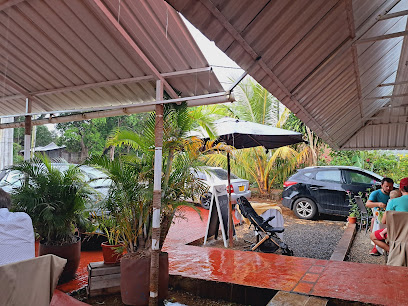
Noel Desirée Ave
Discover the vibrant flavors of Mauritius at Noel Desirée Ave, a charming restaurant in the picturesque Chamarel region, perfect for food lovers.
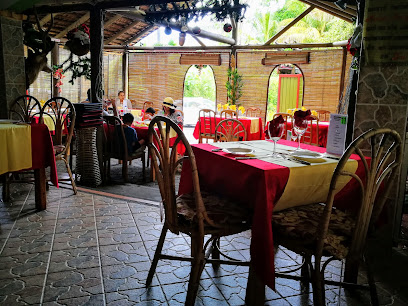
Local Phrases
-
- HelloBonjour
[bon-zhoor] - GoodbyeAu revoir
[oh ruh-vwahr] - YesWi
[wee] - NoNon
[nohn] - Please/You're welcomeS'il vous plaît/De rien
[seel voo pleh/dee ryehn] - Thank youMerci
[mehr-see] - Excuse me/SorryExcusez-moi/Désolé
[ehk-skew-zay mwa/day-zoh-lay] - How are you?Comment allez-vous?
[koh-mohn tah-lay voo] - Fine. And you?Bien. Et vous?
[byen. ay voo] - Do you speak English?Parlez-vous anglais?
[par-lay voo ahn-glay] - I don't understandJe ne comprends pas
[zhuh nuh kohn-prahnd pah]
- HelloBonjour
-
- I'd like to see the menu, pleaseJe voudrais voir le menu, s'il vous plaît
[zhuh voo-dray vwahr luh muh-new, seel voo pleh] - I don't eat meatJe ne mange pas de viande
[zhuh nuh mahnj pah duh vee-and] - Cheers!Santé!
[sahn-tay] - I would like to pay, pleaseJe voudrais payer, s'il vous plaît
[zhuh voo-dray pay-yay, seel voo pleh]
- I'd like to see the menu, pleaseJe voudrais voir le menu, s'il vous plaît
-
- Help!Au secours!
[oh seh-koor] - Go away!Allez-vous en!
[ah-lay voo zahn] - Call the Police!Appelez la police!
[ah-peh-lay lah poh-leess] - Call a doctor!Appelez un médecin!
[ah-peh-lay uh may-duh-sahn] - I'm lostJe suis perdu
[zhuh swee pair-doo] - I'm illJe suis malade
[zhuh swee mah-lahd]
- Help!Au secours!
-
- I'd like to buy...Je voudrais acheter...
[zhuh voo-dray zah-shay...] - I'm just lookingJe regarde juste
[zhuh ruh-gahrd zhuhst] - How much is it?Combien ça coûte?
[kohm-byen sah koot] - That's too expensiveC'est trop cher
[say troh shay] - Can you lower the price?Pouvez-vous baisser le prix?
[poo-veh voo bay-say luh pree]
- I'd like to buy...Je voudrais acheter...
-
- What time is it?Quelle heure est-il?
[kell er ay eel] - It's one o'clockIl est une heure
[eel ay oon er] - Half past (10)Dix heures et demie
[dees er ay duh-mee] - MorningMatin
[mah-tahn] - AfternoonAprès-midi
[ah-pray mee-dee] - EveningSoir
[swah] - YesterdayHier
[yehr] - TodayAujourd'hui
[oh-zhoor-dwee] - TomorrowDemain
[duh-mehn] - 1Un
[uhn] - 2Deux
[duh] - 3Trois
[twah] - 4Quatre
[kat] - 5Cinq
[sank] - 6Six
[sees] - 7Sept
[seht] - 8Huit
[wheet] - 9Neuf
[nuff] - 10Dix
[dees]
- What time is it?Quelle heure est-il?
-
- Where's a/the...?Où est le/la...?
[oo ay luh/lah] - What's the address?Quelle est l'adresse?
[kell ay lah-drehss] - Can you show me (on the map)?Pouvez-vous me montrer (sur la carte)?
[poo-veh voo muh mohn-tray (soor lah kart)] - When's the next (bus)?Quand est le prochain (bus)?
[kahn ay luh proh-shahn (boos)] - A ticket (to ....)Un billet (pour ....)
[uhn bee-yay (poor)]
- Where's a/the...?Où est le/la...?
History of Chamarel
-
The Dutch were the first Europeans to settle on the island of Mauritius in the late 16th century. Although they did not settle in Chamarel specifically, their arrival marked the beginning of European interest in the region. The Dutch introduced sugarcane and other agricultural practices that would later shape the local economy.
-
In 1715, the French took control of Mauritius, naming it Île de France. The French established several agricultural estates in the area, including Chamarel. Under French rule, Chamarel became known for its coffee and sugar plantations, which were worked by African slaves brought to the island.
-
Chamarel is named after Charles Antoine de Chazal, a wealthy French landowner and planter who settled in the area in the 18th century. Chazal is often credited with developing the region’s agricultural potential and establishing the village that would later bear his name. His legacy is still remembered in Chamarel today.
-
The British took control of Mauritius in 1810 during the Napoleonic Wars. One of the most significant changes during British rule was the abolition of slavery in 1835. This had a profound impact on Chamarel, as former slaves left the plantations and new labor systems had to be established. The introduction of indentured labor from India soon followed.
-
In the 20th century, Chamarel began to gain recognition for its unique natural attractions, such as the Seven Colored Earths, a geological formation consisting of sand dunes in seven distinct colors. The Chamarel Waterfall also became a popular site for visitors. These attractions have made Chamarel a key destination for tourists in Mauritius.
-
In recent decades, Chamarel has positioned itself as a hub for ecotourism. Efforts have been made to preserve the natural beauty of the region while promoting sustainable tourism. The Black River Gorges National Park, located nearby, has become a focal point for conservation efforts, drawing attention to the area's rich biodiversity.
Chamarel Essentials
-
Chamarel is located in the southwest region of Mauritius. The nearest international airport is Sir Seewoosagur Ramgoolam International Airport (MRU), approximately 43 kilometers away. From the airport, you can hire a taxi, rent a car, or take a pre-arranged shuttle service to reach Chamarel. The journey typically takes around 1.5 to 2 hours by road, depending on traffic.
-
Chamarel is a small village, and many of its attractions are within walking distance. For longer trips, local taxis are readily available and relatively inexpensive. Renting a car is a convenient option for exploring the surrounding areas at your own pace. Public buses also operate in the region, but they may not be as frequent or convenient for tourists. Additionally, guided tours often include transportation and can be a hassle-free way to explore Chamarel's highlights.
-
The official currency in Mauritius is the Mauritian Rupee (MUR). Credit cards are widely accepted in hotels, restaurants, and shops in Chamarel. However, it is advisable to carry some cash for smaller establishments and local markets. ATMs are available, but it is a good idea to withdraw sufficient cash when you arrive at the airport or in larger towns before heading to Chamarel.
-
Chamarel is generally a safe destination for tourists. However, like any travel destination, it is advisable to take standard precautions. Avoid walking alone at night in unfamiliar areas and keep an eye on your belongings in crowded places. While Chamarel does not have specific high-crime areas targeting tourists, it is always best to stay vigilant and aware of your surroundings.
-
In case of emergency, dial 999 for immediate assistance. The local police station and medical facilities are available in nearby towns. It is recommended to have travel insurance that covers medical emergencies. For minor health issues, there are pharmacies in the region where you can purchase over-the-counter medications.
-
Fashion: Do dress modestly, especially when visiting religious sites. Avoid wearing revealing clothing. Religion: Do respect local customs and traditions. Always remove your shoes before entering temples and religious sites. Public Transport: Do be respectful and give up your seat to elderly passengers. Don’t eat or drink on public transport. Greetings: Do greet people with a handshake or a friendly 'Bonjour'. Eating & Drinking: Do try local delicacies and accept food offerings graciously. Don’t refuse hospitality, as it is considered impolite.
-
To experience Chamarel like a local, visit the local markets and interact with the vendors to learn about regional produce and crafts. Engage with locals, as they are often friendly and willing to share stories about the village's history and culture. Don't miss the Chamarel Seven Colored Earths, the Chamarel Waterfall, and the Rhumerie de Chamarel distillery for a taste of local rum. For a unique experience, take a guided hike through the Black River Gorges National Park, offering breathtaking views and the chance to see endemic wildlife.
Trending Landmark in Chamarel
-
Chamarel Seven Colored Earth Geopark
-
La Vallée Des Couleurs Nature Park
-
Chamarel Waterfall
-
Black River Gorges National Park
-
Rhumerie de Chamarel Restaurant & Rum Distillery
-
Gorges Viewpoint
-
Curious Chamarel
-
Le Chamarel Restaurant
-
Captain Matthew Flinders Monument
-
Pont Naturel
-
Ebony Forest Reserve Chamarel
-
Palais de Barbizon
-
Chamarel View Point
-
Monument Commemorating Abolition Of Slavery
-
Lakaz Chamarel Exclusive Lodge
Nearby Cities to Chamarel
-
Things To Do in Le Morne
-
Things To Do in Bel Ombre
-
Things To Do in Tamarin
-
Things To Do in Flic en Flac
-
Things To Do in Port Louis
-
Things To Do in Mahebourg
-
Things To Do in Blue Bay
-
Things To Do in Pamplemousses
-
Things To Do in Pointe aux Piments
-
Things To Do in Trou aux Biches
-
Things To Do in Poste de Flacq
-
Things To Do in Belle Mare
-
Things To Do in Riviere du Rempart
-
Things To Do in Grand Baie
-
Things To Do in Grand Gaube








